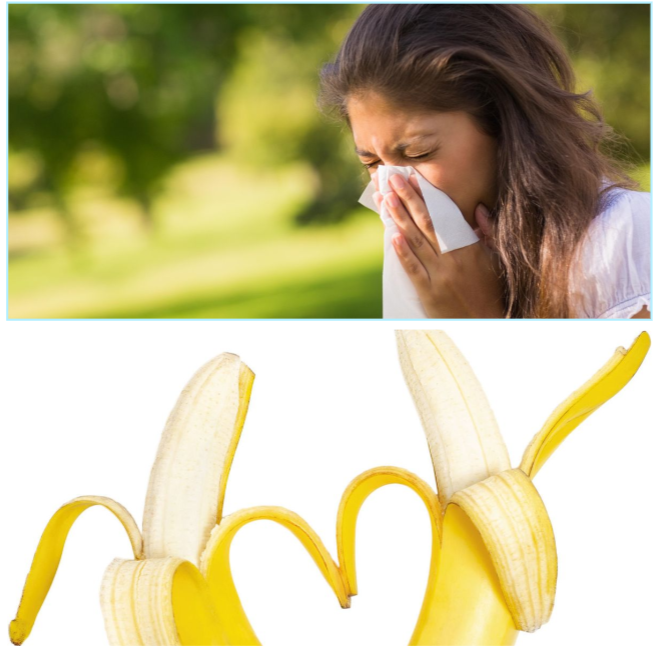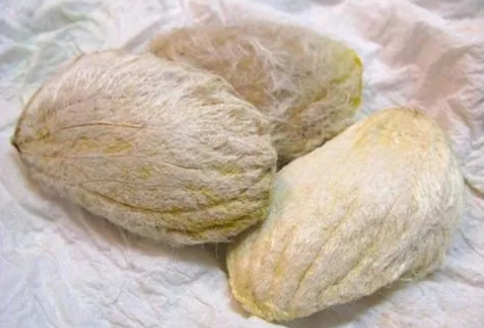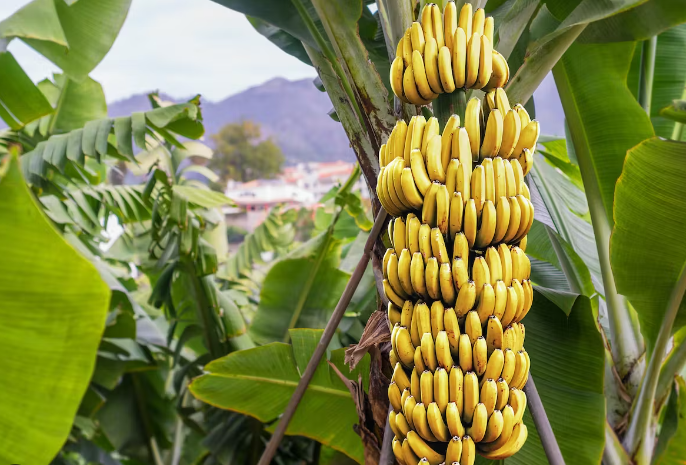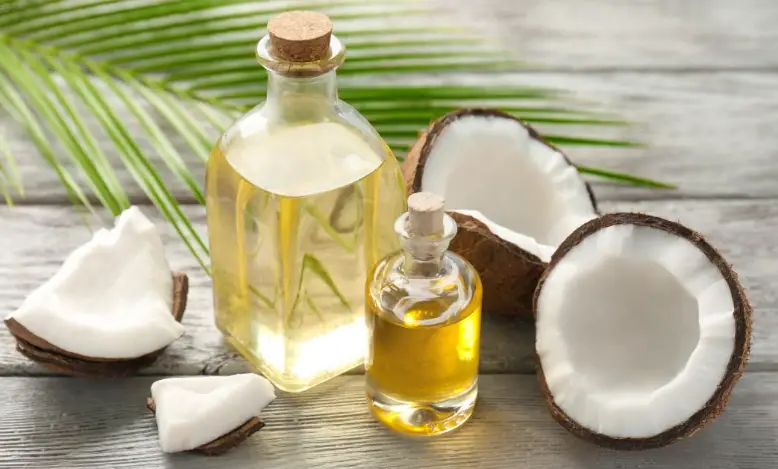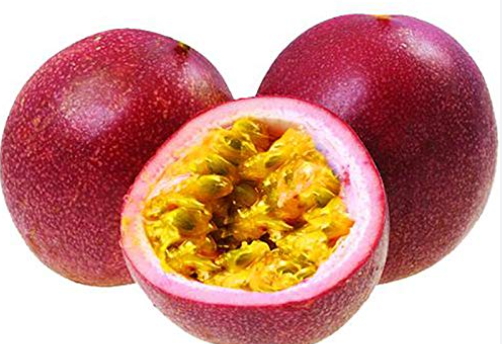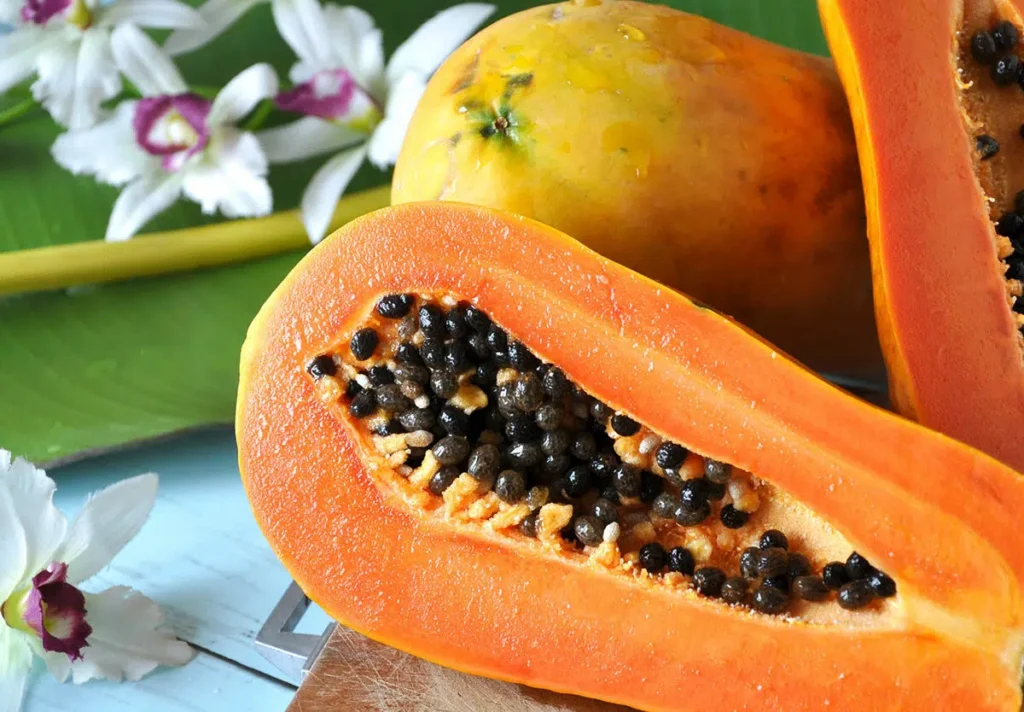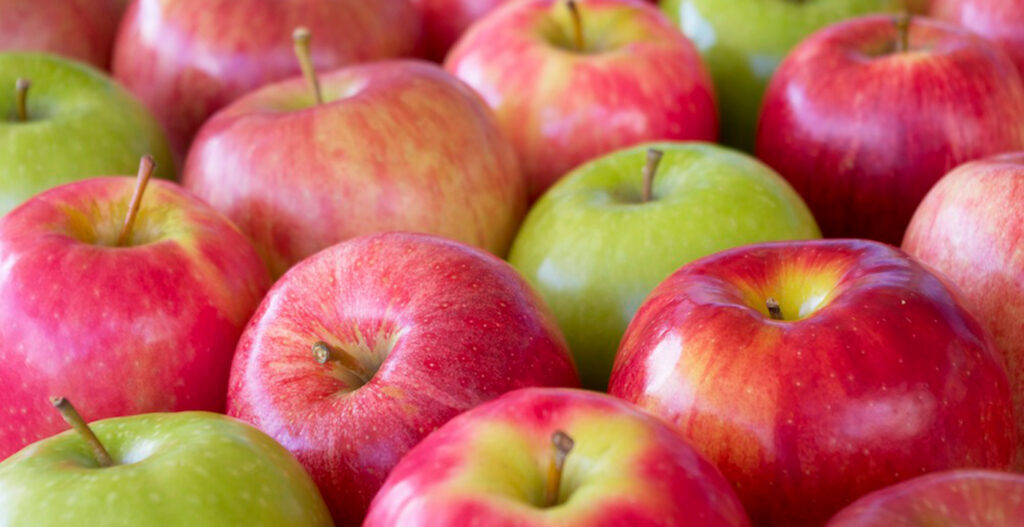It’s a known fact that bananas are packed with potassium. A medium banana has around 400mg of potassium, which is about 11% of the amount you should have every day. But have you ever wondered why bananas are so rich in potassium? Their high levels can be explained by a few important natural reasons.
Table of Contents
The Ground Where Bananas Grow
Bananas need a warm, tropical place to grow, and they do best in soil that is fertile and full of life. This kind of soil is often found in places like Southeast Asia and Central America. Such soils are usually rich in minerals like potassium.
Since potassium is a nutrient that is naturally present in soil, especially the kind from volcanic areas, banana plants that grow in these mineral-rich environments tend to soak up a lot of potassium through their roots while they develop. This is why the bananas that grow from them end up containing a lot of this nutrient.
How Banana Plants Take In Potassium
Banana plants don’t just grow in places with lots of potassium; they are also really good at absorbing and storing it. They are part of a group known as macrophytes, which can take in minerals from the soil at high speeds.
The root system of the banana plant spreads wide and deep into the earth, which lets it reach potassium that’s far down below the surface.
Banana roots have special ways to pick up potassium from the soil and bring it into the plant. They use a method called ion exchange, where the roots grab potassium ions and swap them with hydrogen ions from the soil.
Why Potassium Is So Important for Banana Plants
Potassium is really important for right growth and health of banana plants. It helps enzymes work, keeps the balance of water in cells, plays a part in making food in the plant, helps sugars move around, and is involved in making proteins.
If a banana plant doesn’t get enough potassium, it could grow poorly, get sick more easily, and have trouble with pests and diseases. Banana plants have adapted to take in a lot of potassium from the soil to avoid these problems.
Potassium Moves to the Banana During Growth
As the banana plant sends nutrients around, some potassium ends up going into the fruit. This is vital for the banana to develop properly.
In the banana itself, potassium helps cells divide and grow and makes sure that the banana forms its soft inside correctly by aiding in the creation of proteins and starches.
The banana sees the biggest move of potassium into it when it is maturing. When the green banana starts turning yellow, sugar builds up, and more potassium is sent into the fruit. In the end, potassium makes up about 1% of the banana’s weight.
Keeping Potassium in Bananas After Picking
When bananas are picked, they manage to keep their potassium for a good while. Potassium doesn’t just wash out or break down quickly like some other nutrients, such as vitamin C.
The banana’s thick skin helps keep nutrients in and stops potassium from getting out. Bananas can stay green during shipping for up to two weeks with very little loss of potassium before they reach the grocery store.
Even when bananas become ripe, the potassium stays in the flesh of the banana. This means a ripe banana has about the same amount of potassium as one that’s still green. The banana’s structure keeps the potassium safe until you’re ready to enjoy it.>
Tips to Get More Potassium from Bananas
Because they’re so rich in potassium, bananas are great for adding this nutrient to your diet.
Here’s how you can get the most potassium from bananas:
- Go for bananas that are fully ripe, which have more antioxidants and higher amounts of potassium.
- Try to eat bananas soon after you peel them because potassium can be loss to the air if left out too long.
- You can eat the whole banana, peel included. A lot of the banana’s potassium is right below or in its skin.
- Making smoothies with bananas is better than juicing because juicing removes the pulp where a lot of potassium is.
- Add bananas to other foods that are also high in potassium like avocados, spinach, and coconut water.
- Keep an eye on how many bananas you eat because even though they’re nutritious, they can add to your calorie and carbohydrate intake.
- Being active after having bananas is good because when you move around, your body uses up potassium faster.
Adding bananas to your daily meals and snacks is a tasty way to up your potassium, which can help control blood pressure, cut down muscle cramps, and keep your bones strong. Make the most of bananas’ potassium by including them regularly in your diet.

